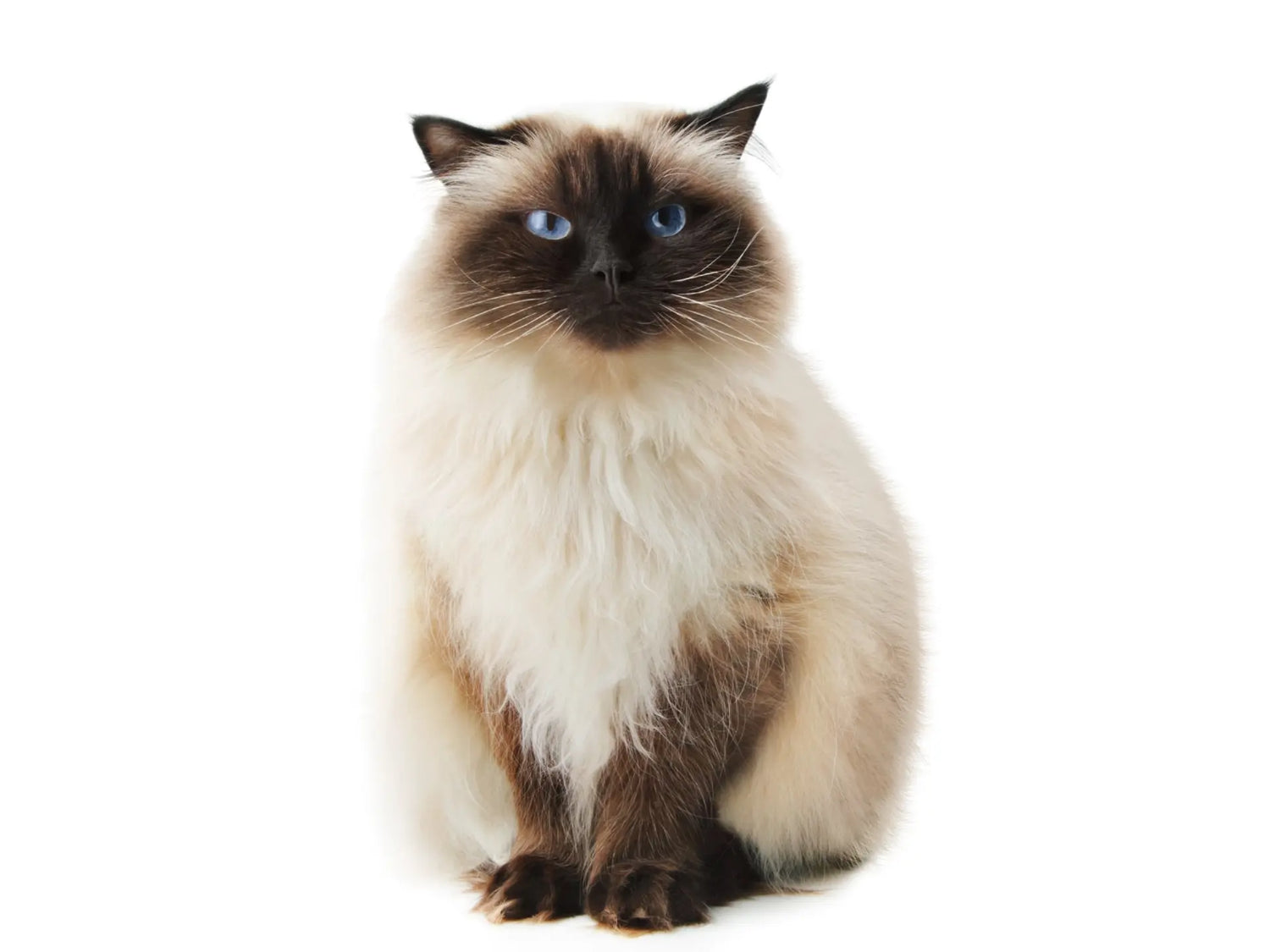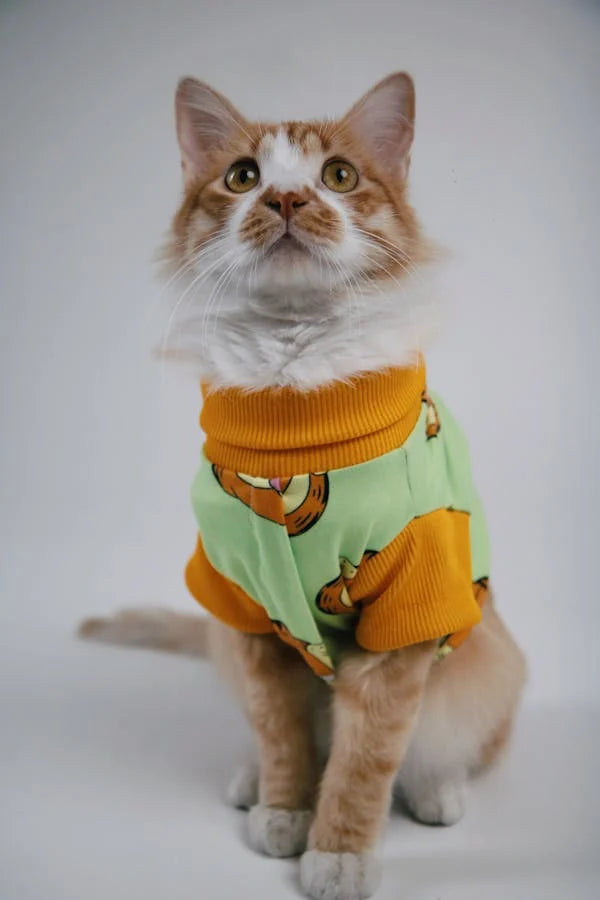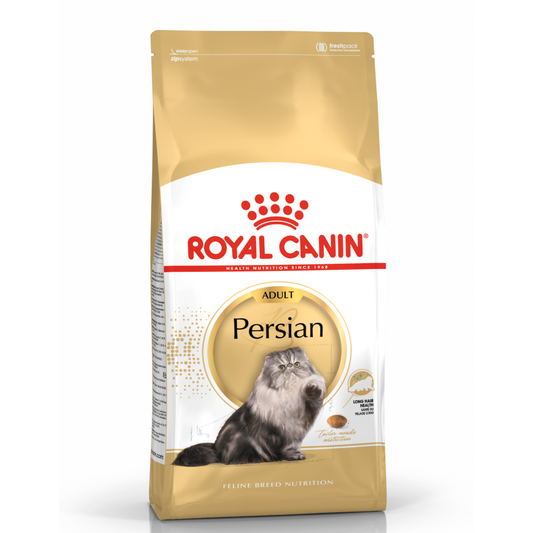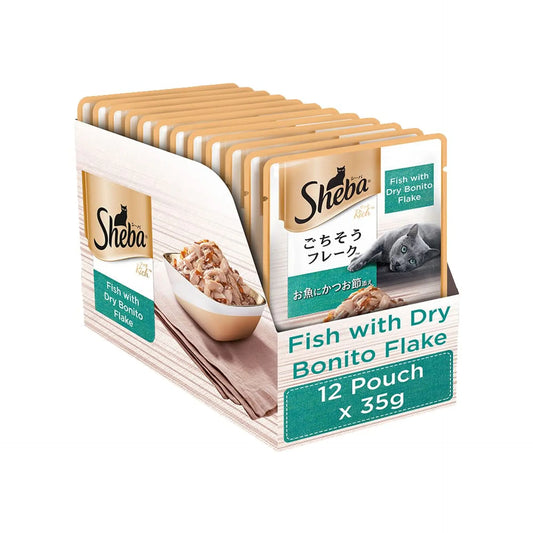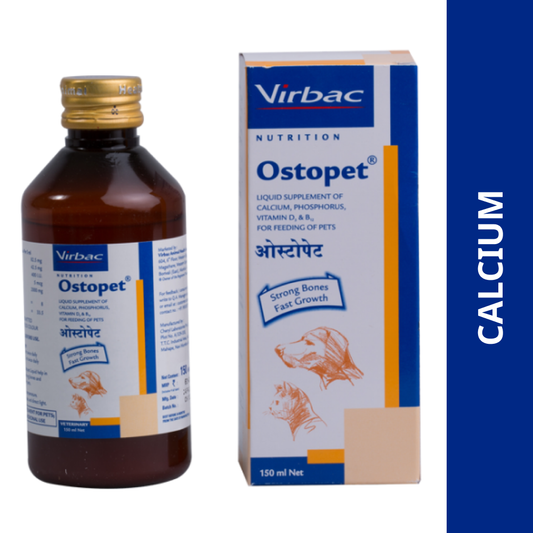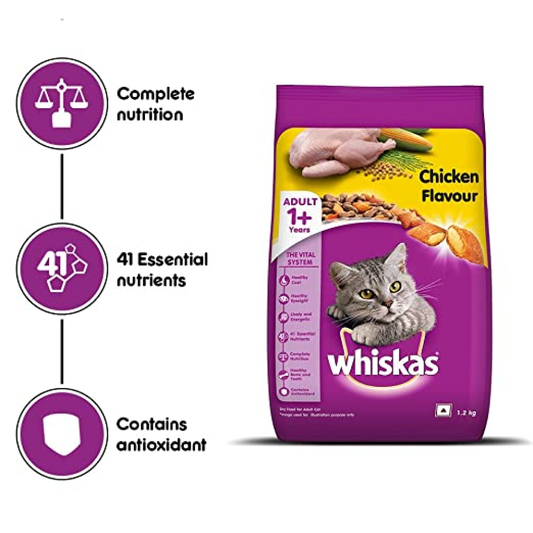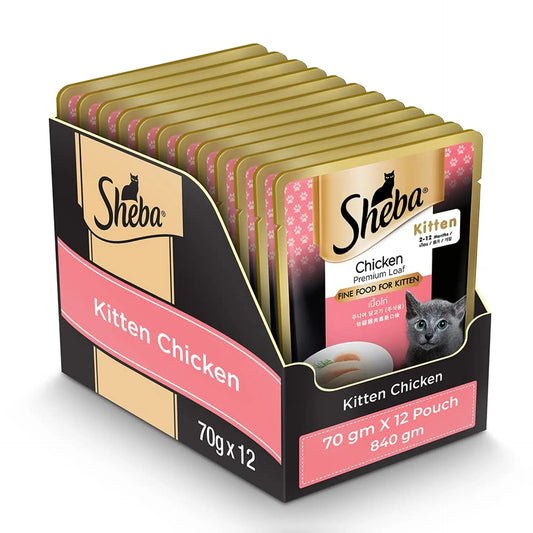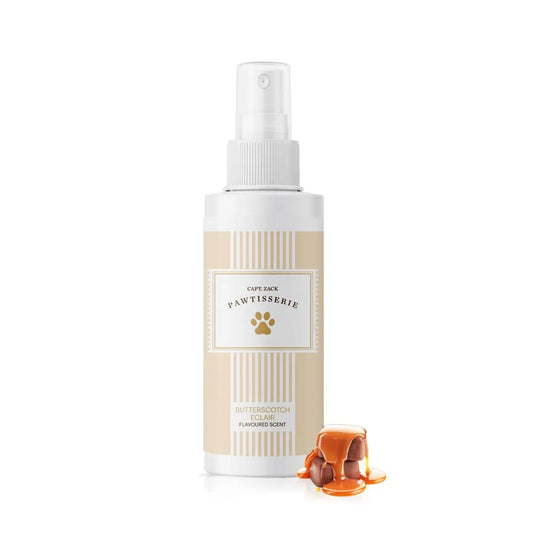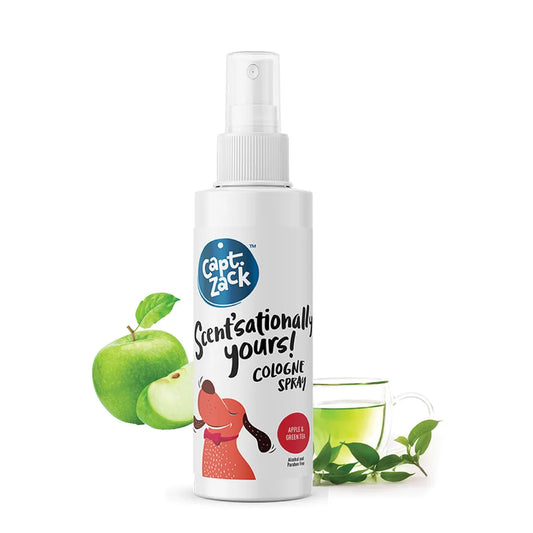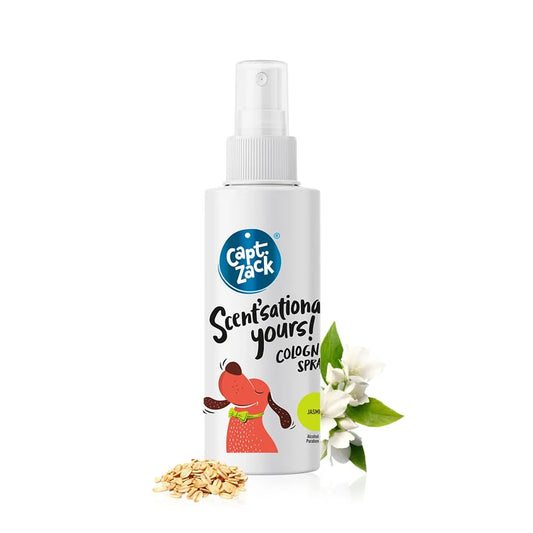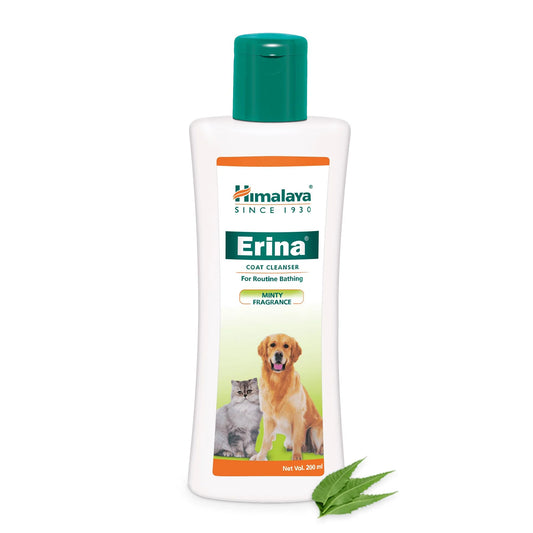You will not be allowed to compare more than 4 products at a time
View compareShop by Himalayan Cat
Average sizes and life expectancy of the breed
10-12 in
3-5 kg
9-15 years
Persia
Characteristics of the Himalayan Cat
The Himalayan Cat is one of the most popular and desired felines in the world right now. It is an extremely affectionate and docile cat who is ideal for families with children and other pets. This breed is literally a mix of Persian and Siamese, where its entire body structure, including the flat face, comes from its Persian ancestor and the gradient coat with darker ends was inherited from the Siamese.
Coat
The Himalayan coat is similar to the Persian Cat in resemblance. It has long, fine hair with a dense undercoat that contributes to an even greater volume. All the extremities (snout, paws, tail and ears) are darker and in their back and belly region, there is a lighter beige. Talking about colour, they generally come in dark brown, blue, chocolate, lilac, tortoiseshell and cream blue. Its fur, being long, requires frequent brushing, at least three times a week. Grooming is essential for this breed in order to make them look good and it is mainly because of their thick and long hair. A slicker brush is ideal for Himalayan Cats as this brush helps in removing tangles and matts from their coat. . Start by brushing your cat's back and then moving to the sides of her body with the slicker brush. While brushing, reward your cats by giving them some delicious treats so that they enjoy the grooming session even more.
Best Food For Himalayan Cats
Like all cats, Himalayan cats too need a diet having top-quality protein to stay healthy and active. If you have a kitten, makes sure that you feed them a balanced diet so that the feline gets all the nutrition for a healthy growth. Remember, the first year of a cat is the most important as far as their overall growth is concerned. Feed the kittens a diet rich in protein which will help them in building good muscle mass. Though the nutritional requirements remain same for the adults. consider giving them a diet fortified with fibre as it will help prevent the formation of hairballs in them. Fibre is also good in ensuring a healthy weight in them. One of the most important things while feeding a Himalayan Cat is that you should strictly avoid items like low-quality fillers and artificial additives. These can trigger allergic reaction in Himalayan Cats which includes itching and scratching. So always select those foods which are devoid of these two items.
Grooming Your Himalayan Cat
As Himalayan Cats have a luxurious coat, there is indeed a need for grooming them regularly. Owners should brush their cats at a very young age so that they get accustomed to grooming very early. Also as Himalayan Cats can experience knots and tangles, it is wise to use a fine quality slicker brush to clean them. When it comes to bathing, you need to bathe Himalayan Cats every other day to keep them looking clean and fresh. Also, use a top quality cat shampoo as it will help in repelling ticks and fleas from their body. Another important fact regarding Himalayan Cat is that they can suffer from colouration behind the eyes. Hence, you should clean their eyes each and every day. Also, if your Himalayan Cat is not scratching on a post to grind down their own claws, you may need to clip their nails once in every few weeks.
Taking Care of a Himalayan Cat
Like many long-haired cats, brushing is essential for Himalayan Cats as well. Ideally it should be done every day, but as it may not be always feasible, you can brush them at least three times a week to avoid knots and help with self-cleaning. This will help prevents the formation of hairballs in their digestive tract as well. Himalayan cat's eyes and nose deserve special attention too, and it is a must to clean them daily for removing excess secretion. Another important point is that Himalayan kittens are predisposed to obesity and as playful as they are, they can be very lazy to perform physical activities. Therefore, offer a rich environment with shelves, scratching posts and toys to encourage this kitty to exercise. To keep them healthy for a long time, feed high quality food, brush their teeth regularly and ensure up-to-date deworming and vaccinations.

Health
Himalayan Cats are a healthy breed in general. However, as this cat is a brachycephalic breed like the Persian, they may develop some respiratory problems. Brachycephalic syndrome may include changes in the conformation of the respiratory tract and skull shape that result in noisy breathing, coughing, sneezing and exercise intolerance. Excessive tearing is common, causing spots around the eyes, crusts and even wounds. In addition, there is a predisposition to some hereditary diseases such as urolithiasis (kidney stones), cryptorchidism, dermatophytosis, polycystic kidney disease, feline hyperesthesia syndrome and gingivitis. Therefore, it is very important to keep an eye on your Himalayan's health and take him to the veterinarian for routine consultations.
Curiosities
The Himalayan name came from the Himalayan rabbit, which has a coat pattern similar to this one. The Himalayan’s short stubby legs make it difficult for them to jump very high. They’re not as interested in climbing or exploring high places like other cat breeds, such as the lanky Savannah Cat. Many people identify these cats are "Persian" only. Cat Owners who have Himalayans describe them as loving and affectionate and the felines regularly become joined to their relatives.
Intelligence
The Himalayan is a very calm and intelligent cat that adapts easily to everyday situations and gets along well with other pets. They are considered very obedient and devoted to their human parents and their wild instinct is not so keen, which makes this race rarely scratch and bite anything or anyone. However, despite being obedient, they inherited the requirement for cleanliness from their Persian relative. So, don't leave the litter box of these furry ones dirty, because they will certainly look for other places to do their business.
Temperament
The Himalayan Cats are wonderful companions for homes and apartments. They are gentle, calm and docile-tempered , who also have a fun side associated with them. Like the Siamese, this domestic cat loves to play tag and just a crumpled piece of paper can keep him entertained for hours. Himalayans are faithful cats who are known to enjoy the company of their human parents. They crave affection, but will not bother you for attention as long as they are entertained with toys and games. These kittens are not vocal like the Siamese and have the same energy level as a Persian. They love a lap and prefer low places in the house (not so typical of a cat), so they will hardly climb on the fridge or in your cupboards. They are a little more suspicious of strangers and will only side with those they really trust.
Lifetime
The Himalayas are expected to be nine to 15 years old.
Frequently Asked Questions
Are Himalayan Cats Herbivores or Carnivores?
In fact Himalayan Cats are Omnivores, which means they will eat both plants and other animals.
What is the Average Lifespan of Himalayan Cats?
Himalayan Cats have an average lifespan ranging from 9-15 years.
Do Himalayan Cats Experience Any Health Issues?
As a Brachycephalic breed, Himalayan Cats are vulnerable to health issues like breathing difficulty dental malocclusions, and eye conditions like cherry eye.
Are Himalayan Cats Good With Children?
In fact, they are excellent with children as they inherently love to be with humans.
Our team is available at (Mon-Sat, 10 AM to 7 PM): 87440-12035/53 (sales) 87440-12036 (support) support@petsworld.in

